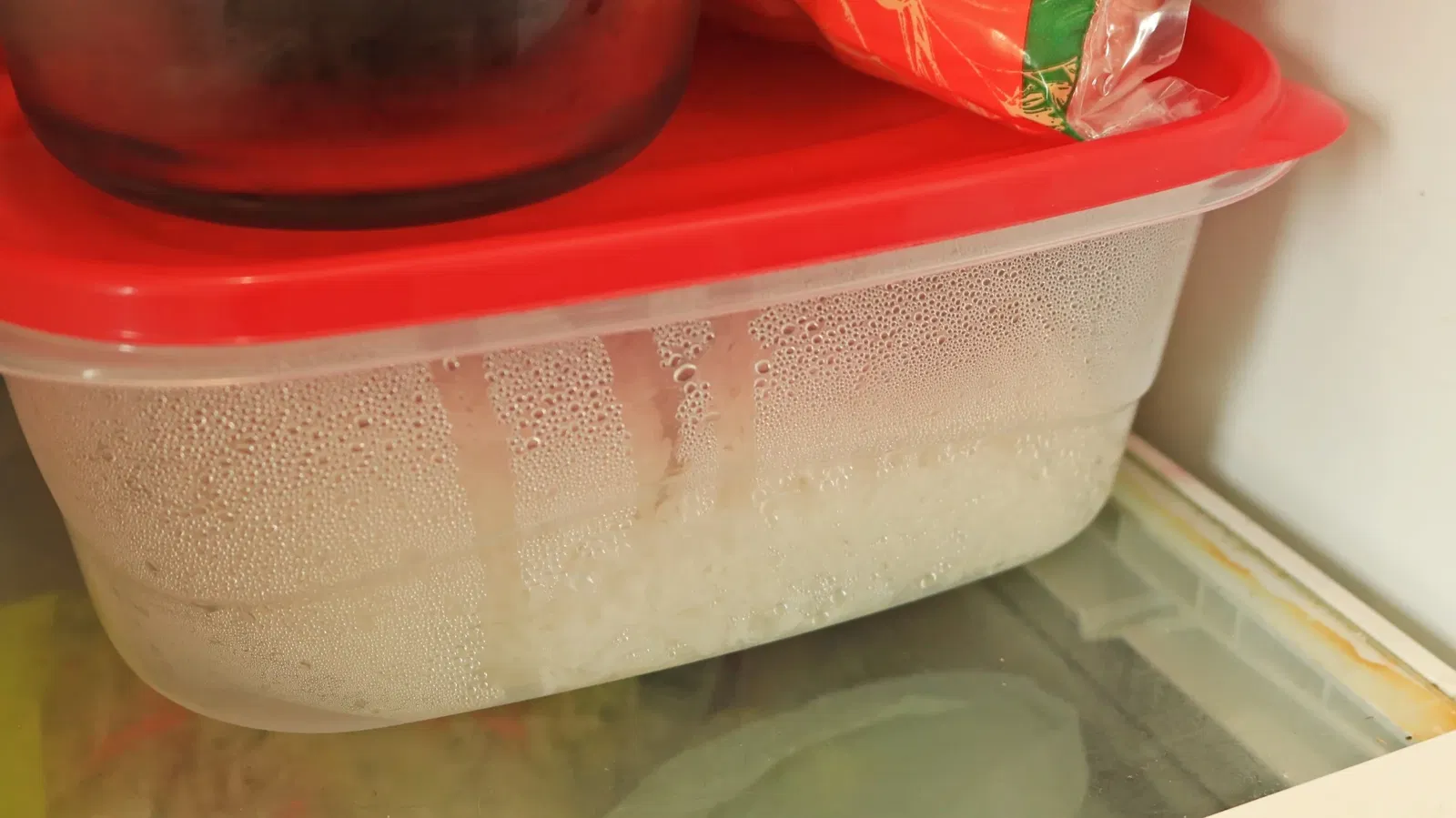Most of us don’t think twice before tossing leftover rice into the fridge. It’s a popular habit: cook a big batch, store the rest, and reheat it for tomorrow’s lunch or dinner. But here’s something most people don’t know—leftover rice can become a hidden danger, even when kept in the refrigerator.
Yes, rice can grow bacteria, and it doesn’t always take bad smells or visible mold to signal that it’s unsafe to eat. The biggest culprit? A bacteria called Bacillus cereus—and it can survive cooking.

When rice is cooked, any spores of Bacillus cereus present in the uncooked grains can survive the heat.
If the rice is then left out too long before being refrigerated—or if it’s not cooled quickly enough, these spores can multiply rapidly. Even worse, the toxins they release are not damaged by reheating. That means you can zap your rice in the microwave, and it may still make you sick.
The most popular symptoms of Bacillus cereus food poisoning include nausea, vomiting, and diarrhea. The illness usually begins quickly—within 1 to 5 hours after eating contaminated rice—and while it’s rarely fatal, it can be quite severe, especially for children, older adults, and those with weak immune systems.

